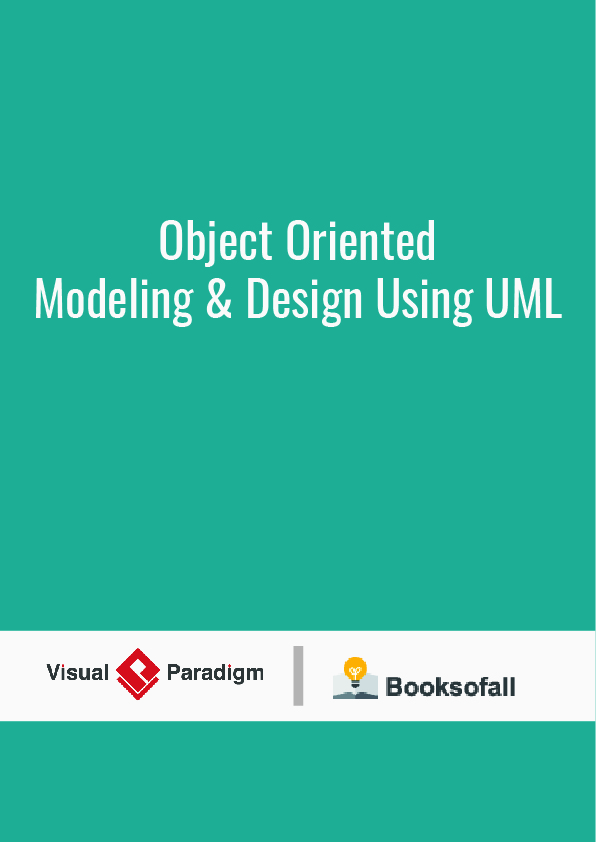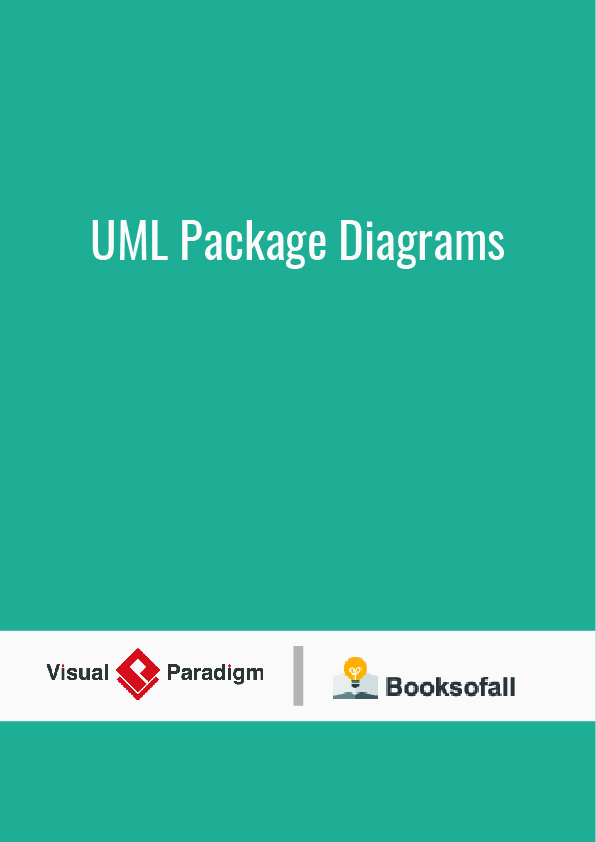The Unified Modeling Language (UML) is a general-purpose, developmental, modeling language in the field of software engineering that is intended to provide a standard way to visualize the design of a system.
The creation of UML was originally motivated by the desire to standardize the disparate notational systems and approaches to software design. It was developed at Rational Software in 1994–1995, with further development led by them through 1996.
In 1997, UML was adopted as a standard by the Object Management Group (OMG), and has been managed by this organization ever since. In 2005, UML was also published by the International Organization for Standardization (ISO) as an approved ISO standard. Since then the standard has been periodically revised to cover the latest revision of UML. In software engineering, most practitioners do not use UML, but instead produce informal hand drawn diagrams; these diagrams, however, often include elements from UML.
1.0 OBJECTIVES
After studying this chapter you will be able –
- To understand the need of models.
- To know what is UML.
- To know the features of UML.
- To understand the need for UML.
- To know what UML is not.
1.1 INTRODUCTION
Models are representations of reality which help simplify the reality. It is not different in the software development field. The software under development can be complex. So the models of software can be used. One such modeling technique is the Unified Modeling Language.
1.2 WHY MODELS?
Models are created to represent reality in a simplified way. They provide a structure for problem solving. They help in understanding how one can proceed with the problem at hand. They also allow to experiment with multiple solutions. Since the models are created before the actual development of the system, we can understand different possibilities, problems, options etc. This also leads to decrease in the development costs. Since the time will not be wasted in trials and errors the product will be ready in lesser time. Models also help manage the complexity of the problem so the planning of the development, allocation of the resources like machines, programmers, testers can be done easily.
When models are created, a number of views of the system are described. The different views give different perspectives of the system. For example,
The car dashboard and its features interest the car driver. He needs to know which button to press to switch on the inner lights and so on. But the electronics person is not concerned about the dashboard in a similar way. He is interested in the circuitry behind the dashboard. He wants to know which buttons to connect to which instruments, gadgets so that when the button is pressed on the dashboard the driver gets the expected operation. The design person is interested in the look and feel of
the dashboard but not all concerned with what goes on behind the panel. Thus everybody looks at the same object but from different perspectives.
Each view has information that is unique to that view. Each view has the information that appears in other views. The information that appears in more than one view is consistent. This information has to be consistent because we are creating views of the same system. This leads to the need for a variety of views depicted in a variety of diagrams.











